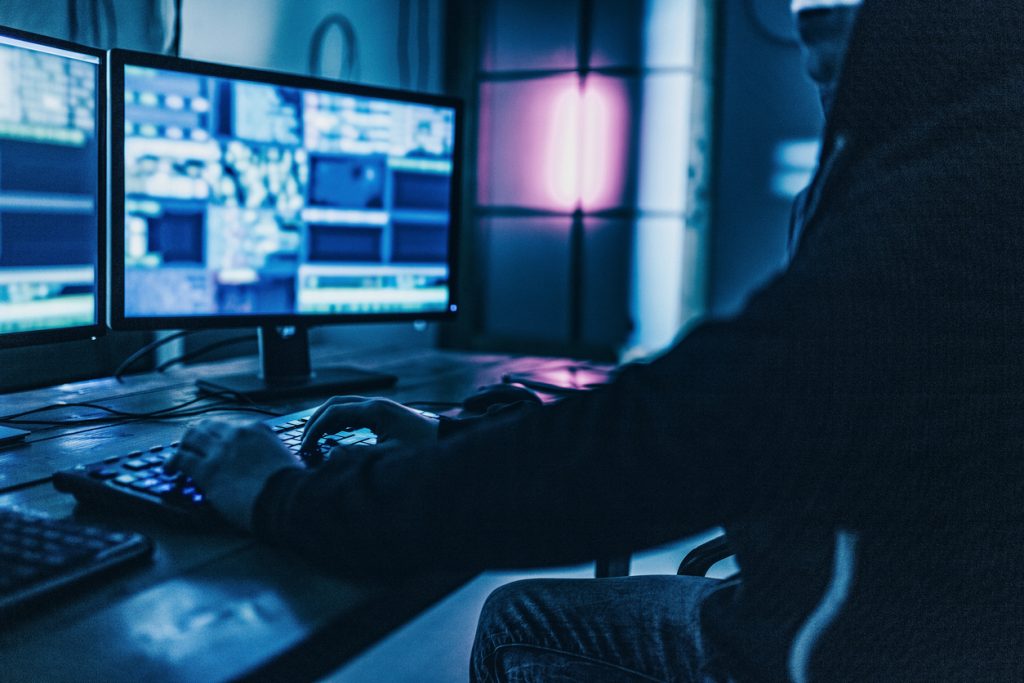In an era where artificial intelligence (AI) is rapidly reshaping the landscape of digital creation, Cory Choy stands as a notable advocate for the artistic process as a personal journey, distinct from the automated, speed-focused solutions offered by cloud-based technologies. As a seasoned animator and creator, Choy’s philosophy challenges the prevailing trend in the filmmaking industry, where AI tools often dictate the creative process rather than enhance it. He emphasizes that technology should serve as an instrument of creativity rather than a limiting factor.
The Conflict of AI and Creative Integrity
Cory Choy, with two decades of experience in animation, has cultivated a reputation for prioritizing artistic integrity over convenience. Observing peers in the filmmaking industry embrace AI tools, Choy expresses a firm stance: “I don’t want the tools to dictate what I can make,” he insists. “I want to dictate to the program.” This conviction puts him at odds with a trend where directors often compromise their vision to match the capabilities of AI tools, which he views as an unacceptable concession.
Choy highlights a detrimental pattern in AI-generated video content. He notes that many directors begin with ambitious storytelling ideas but are forced to scale their vision down to fit within the restrictive frameworks of AI software. Consequently, narratives are simplified, character designs become generic, and the emotional depth that defines compelling storytelling is often lost. This is particularly evident as creators grapple with the limitations imposed by cloud platforms, which promise speed but often at the cost of artistic expression. Choy’s preference for local computing allows him to maintain control over his creative models, emphasizing consistency and the ability to revise without sudden changes that can occur on cloud services.
The Emotional Depth of Storytelling
The pinnacle of Choy’s philosophy comes to life in his collaboration with James Brown Orleans, a Broadway veteran who confronted his own legacy while playing Banzai the hyena in The Lion King for over two decades. Orleans approached Choy with the concept of a narrative that digs deep into themes of self-reflection and career choices. “What if a man confronted his old headshots?” Choy recalls. “They would have this stern conversation in the dressing room.”
This idea carried substantial emotional weight, necessitating a level of technical capability that standard AI tools could not provide. Choy needed to capture genuine facial expressions and character continuity over longer sequences that conveyed the intricacies of a Broadway performer’s emotional journey. In contrast to typical AI platforms that would impose restrictions—such as short clips or repetitive character models—Choy’s commitment to local processing, using powerful workstations from Dell Pro Max and accelerated computing solutions from NVIDIA, empowered him to craft a project that refused to be defined by the limitations of AI.
Breaking Through with Local Processing
Choy’s commitment to local computing has resulted in a breakthrough that challenges traditional assumptions about AI-generated content. While many creators struggle with the constraints of short video clips, Choy’s workflow allowed for the production of seamless sequences exceeding a minute in length, with consistent character representation throughout. “When you have normal video editors, they’re going to get hung up on the cuts,” Choy explains. “What we did is we worked with actual animators who knew that we had to generate characters and sequences that could end on the exact same frame.” The result was a film, entitled Headshots, that exudes a level of quality typically reserved for traditional studios.
Despite the complexity involved in the creative process, audiences might mistakenly believe that the film was produced with a simple command to “generate.” However, Choy emphasizes the meticulous work required behind the scenes, illustrating the nuanced balance of artistic vision and technological capability. “People are like, oh, you just hit Generate and it works,” he notes. “I’d like it to work that way, but that’s not how it actually works.”
Harnessing AI as a Creative Partner
Choy’s approach exemplifies his belief that technology should enhance creativity, not restrict it. “These are private companies and we’re at their mercy,” he asserts about cloud services. The unpredictability of cloud platforms can hinder creative freedom if features are turned off or modified without warning. In contrast, local workstations allow Choy and his team to operate without bandwidth limitations or usage restrictions, empowering them to create art on their terms. “You need substantial processing capability to run complete models locally,” he explains, highlighting the importance of having control over the tools that shape his work.
The Vision Beyond the Tools
Choy’s philosophy extends beyond his immediate projects, presenting a broader paradigm for the future of AI in creative fields. He recognizes that the limitations of current technology are not permanent obstacles but challenges to be overcome through vision and determination. “What sets us apart is our vision,” he explains. “The tools will always just be tools.”
The path forward for creators lies in embracing their artistic integrity, refusing to compromise for the sake of convenience. Choy’s work underscores the potential of AI as a collaborative partner in storytelling—a means to amplify the artist’s voice rather than drown it out. “AI is supposed to be a tool that assists us,” he states, affirming that the future belongs to those who prioritize authenticity and creativity in their artistic endeavors.
For creators ready to chart their course in a world increasingly dominated by algorithm-driven content, Choy’s message is clear: assert your vision, harness technology for your creative needs, and ensure that your art remains true to its original intent. By leveraging local processing capabilities alongside innovative AI tools, filmmakers can produce works that resonate deeply with audiences while maintaining their artistic integrity.

